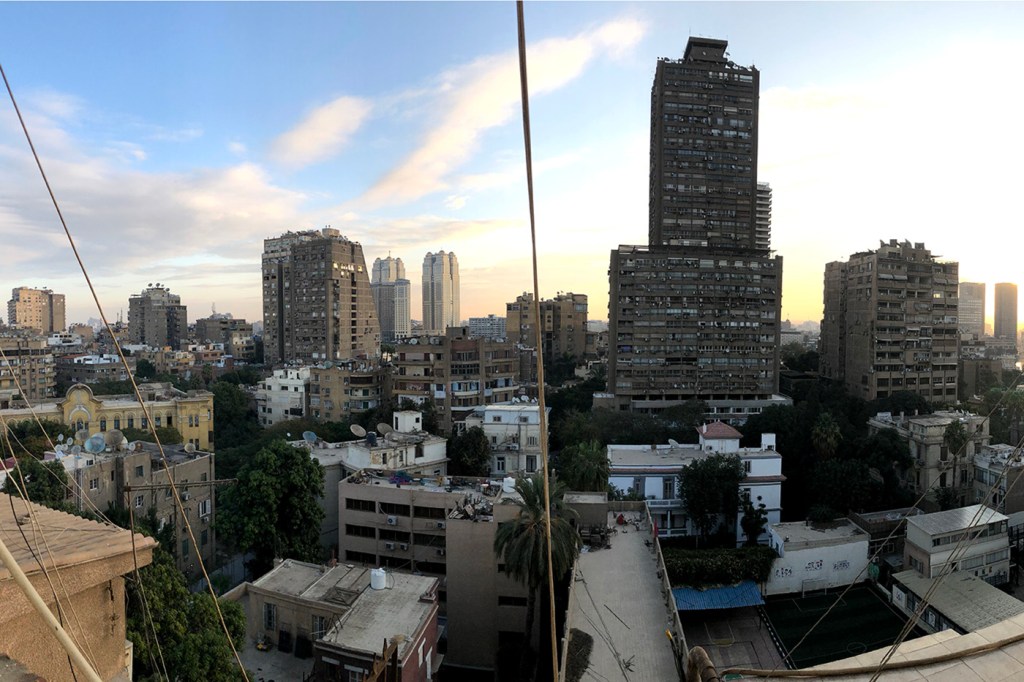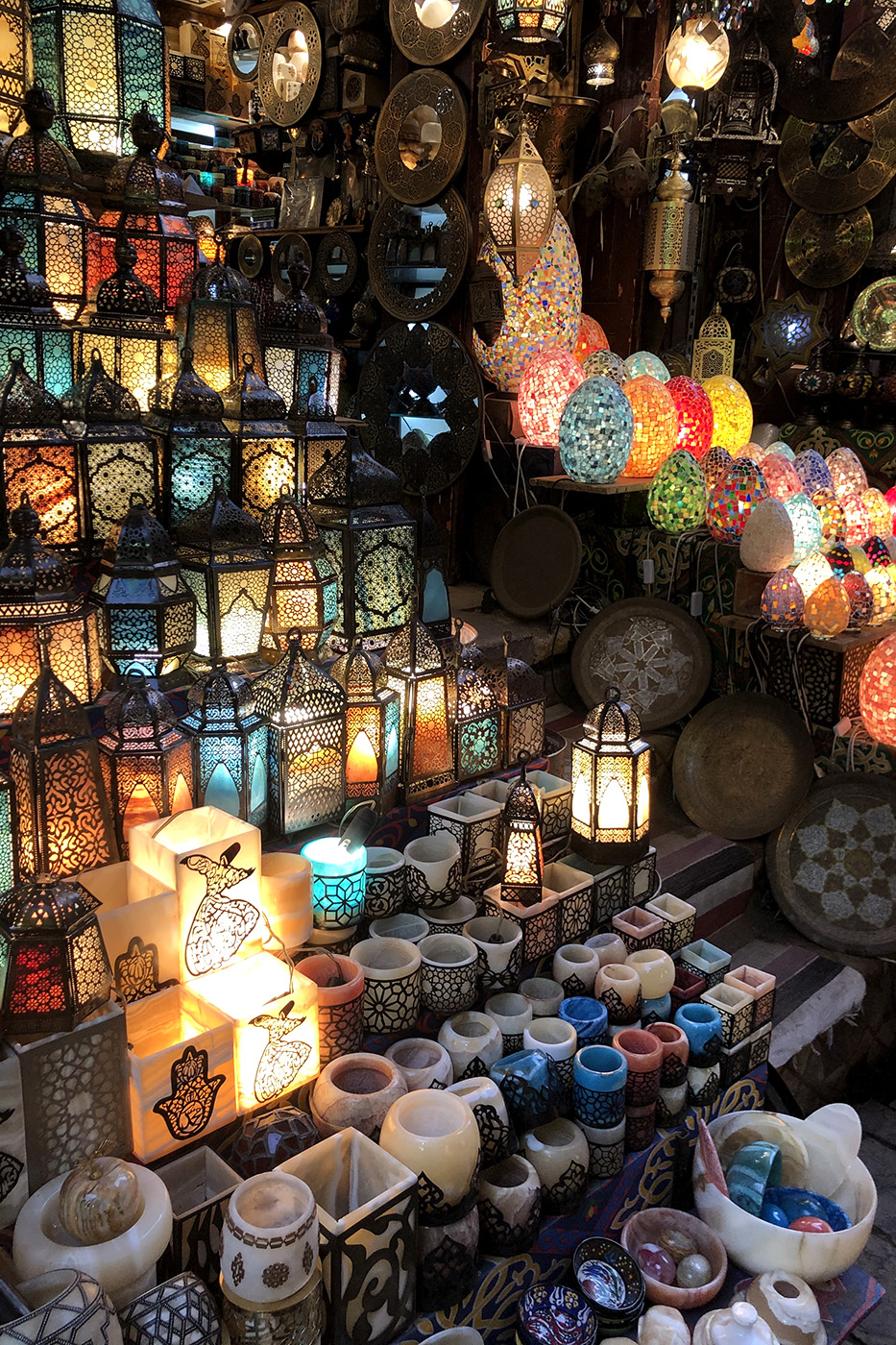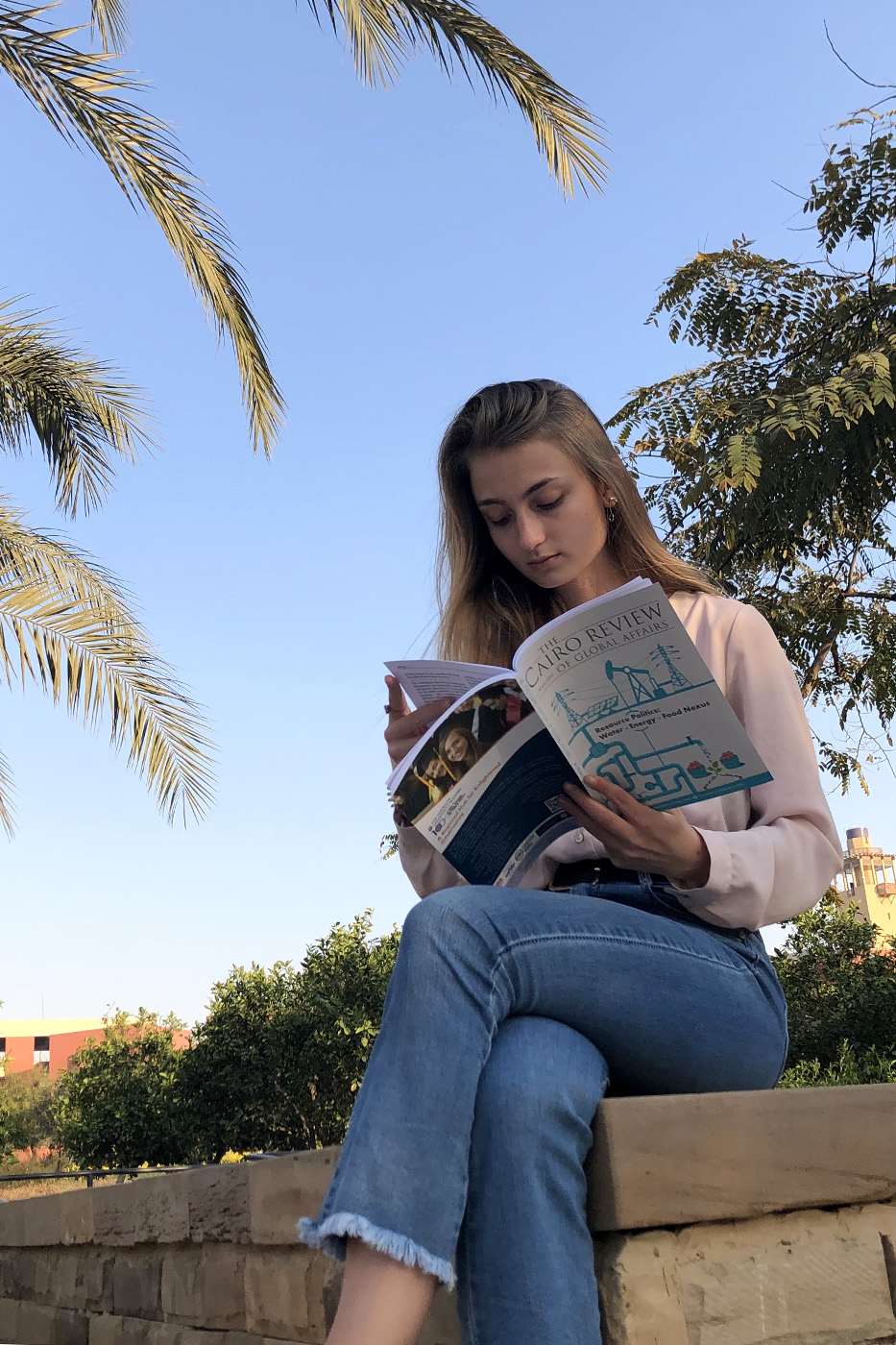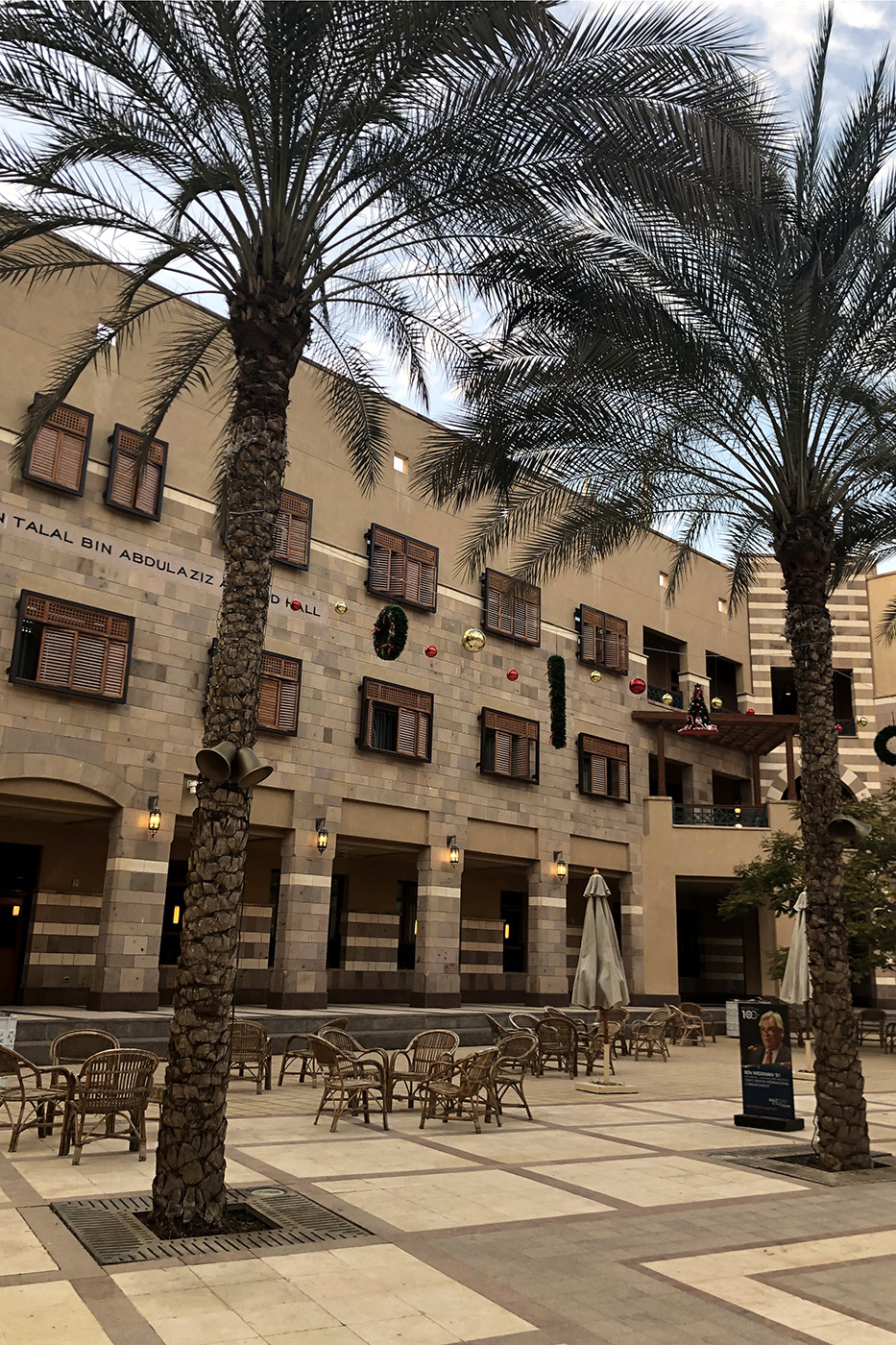The hidden side of Cairo

CAIRO—Outside my hotel in Zamalek, the island neighborhood in the middle of the Nile that straddles the bank areas of downtown Cairo and Mohandessin, I wait on the street for Abduh. He’s the driver who will be taking me to orientation at the American University in Cairo, where I’ll be working as an assistant editor at The Cairo Review of Global Affairs (the university’s quarterly journal) for the next six months.
It’s not a short drive from Zamalek to New Cairo, where the American University in Cairo is located. Abduh and I exit Zamalek, take the 6th of October Bridge over the Nile, and make our way through Tahrir Square and Wasat al-Balad before downtown Cairo finally sneezes us out onto the highway leading to the university.
Downtown, you see the Cairo that foreigners tend to imagine, for better and for worse. It’s home to the “old world” part of the city glamorized in Western movies, such as Khan el-Khalili, Cairo’s most famous souk, or market. It’s true that when you go to tourist-frequented places like the Khan, it’s not uncommon to see blonde foreigners—guilty as charged—taking pictures of tables full of jewelry and lanterns, and pointed brick archways that, although they crumble in places, are made all the more beautiful by the history that their erosion evokes.



But, if you stop obsessing about capturing the parts of a place that you think will look best on your Instagram feed, and pay attention instead to the sights that seem commonplace—the streets, for example—you’ll learn a lot about Egyptian society. Walking through the streets of downtown Cairo, you feel like you have no choice but to move with the crowd. In it, two worlds collide: some men wear tailored suits, others wear traditional jalabiyas, linen dresses that graze their ankles.
Women in high heels and pencil skirts cross Tahrir Square with iPhones pressed to their ears. Others wear niqabs and clutch their children by the hand. You see a stand on almost every street selling shawarma, a sandwich that, here, typically runs you $1.60. But, you also see newly constructed bakeries selling French pastries.
That these different identities can exist in one place is a testament to the sheer size of the Cairene population. In the beginning of February, just one month after I arrived, Egypt’s population reached 100 million. Cairo itself, the most populous city in Africa, has swelled to almost 21 million from less than 3 million people in 1950.
The truth is, the city’s resources can only adequately respond to so many people. As Khaled El-Husseiny, a spokesman for the Administrative Capital for Urban Development, which oversees much of the development of New Cairo says, “There are traffic jams on every street, the infrastructure can’t support the population, and it’s very crowded.” Not everyone can live downtown; these people need somewhere to go. They’ve found a home in New Cairo.
Driving with Abduh from downtown to New Cairo, I feel like I’m moving through a time warp. With each mile, the beige rectangular buildings become more ornate. Residences become larger horizontally rather than vertically, and the usually straight metal balconies twist and turn their wrought iron detailing into a more romantic style.
Here, it’s a little more difficult to find a shawarma sandwich for $1.60, but you’ll have no problem finding a croissant or cappuccino. All you have to do is visit one of the shiny malls that have been constructed for Egypt’s middle and upper classes, with global retailers such as Mango, H&M, and Zara.
The hour-long drive to New Cairo is an exhibition of idealism. The city extension is billed as an escape—billboards for new developments with names such as “Catalan,” “Paragon,” and “Menorca” advertise oases sheltered from the crowds, noise, and pollution of the old city. Even the American University in Cairo has been a part of the exodus; it relocated its housing, administration, and the majority of its classes in 2008 from Tahrir Square to its New Cairo campus, a sprawling labyrinth of arched, pale brick buildings and palm trees that elegantly combines tradition and innovation.
The malls and villas jut out against a landscape of sand and dirt. A mile of desert may pass between beautiful developments, or a brand-new building will sit next to a sewage pit. Development companies tend to think ambitiously, often beginning construction on residences that they don’t have the money or skilled labor to finish.
Ahmed Zaki Abdeen, who heads the New Administrative Capital Company (one of the giants of New Cairo development) told Reuters that his company “[needs] very extensive financing and the state doesn’t have money to give [them].” Buildings that fall victim to this trap remain unfinished, uninhabited, or any combination of the two. Skeletons of apartment buildings stand black above the desert, shells of an ideal laid bare for passersby to spy inside.
Ultimately, comparing old and New Cairo, one is reminded that location and social class are siamese twins. With so much desert to develop at its disposal, Egyptian society has been able to craft the future of its dreams—and it seems like it is dreaming of wealth.
For media inquiries, please contact media@northeastern.edu.





